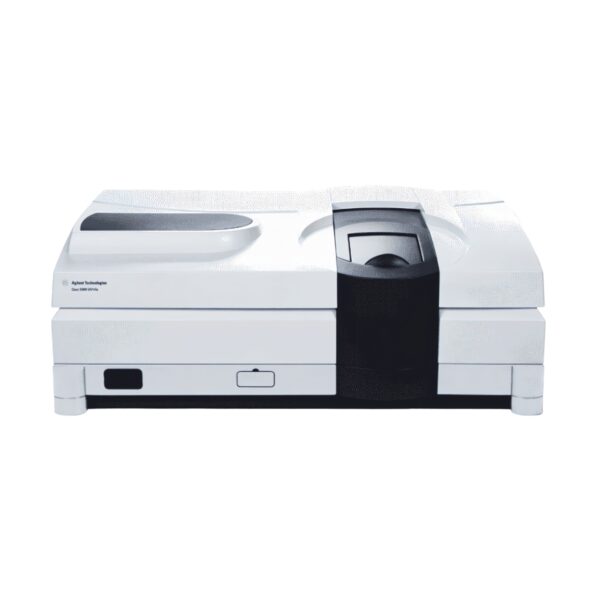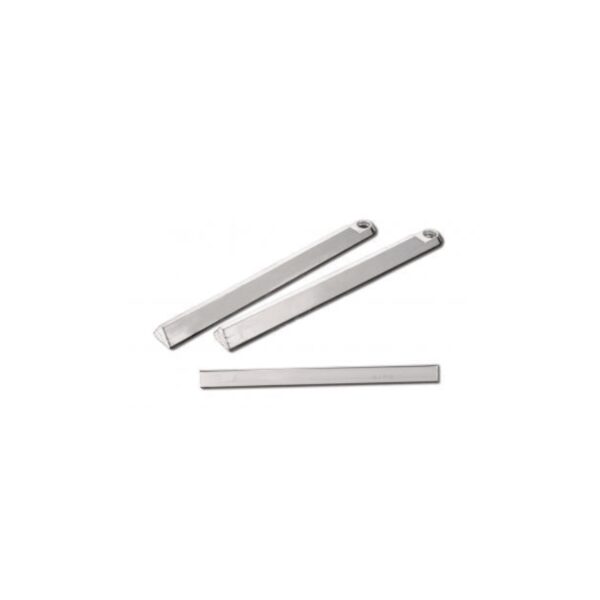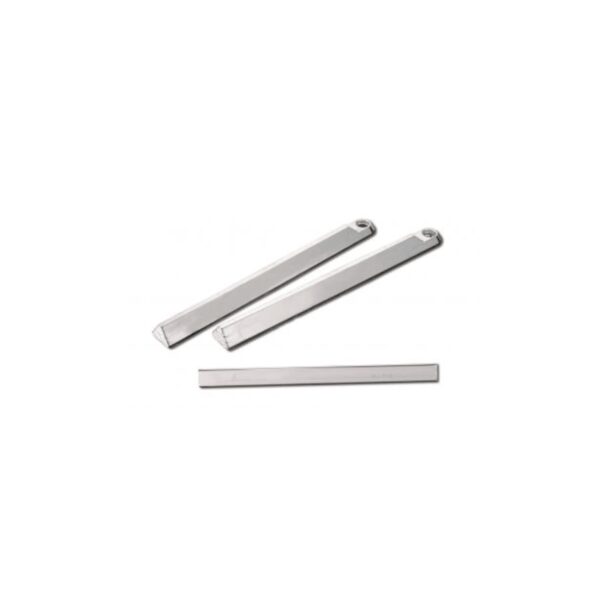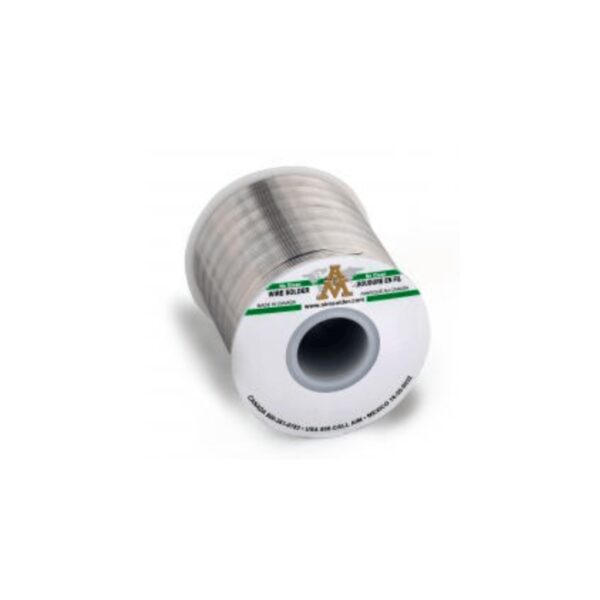Agilent – UV-Vis & UV-Vis-NIR Systems – Cary Series
Cary UV-Vis-NIR spectrophotometers continue to build upon the optical design principles proposed by Howard Cary and embodied in the world’s first commercial recording UV-Vis spectrophotometer, the Cary 11, in 1947. For more than 75 years the Car…
Cary UV-Vis-NIR spectrophotometers continue to build upon the optical design principles proposed by Howard Cary and embodied in the world’s first commercial recording UV-Vis spectrophotometer, the Cary 11, in 1947. For more than 75 years the Cary design philosophy has remained the same—a spectrophotometer for those who must push the limits of performance and yet have an instrument that is adaptable to many different applications.
























